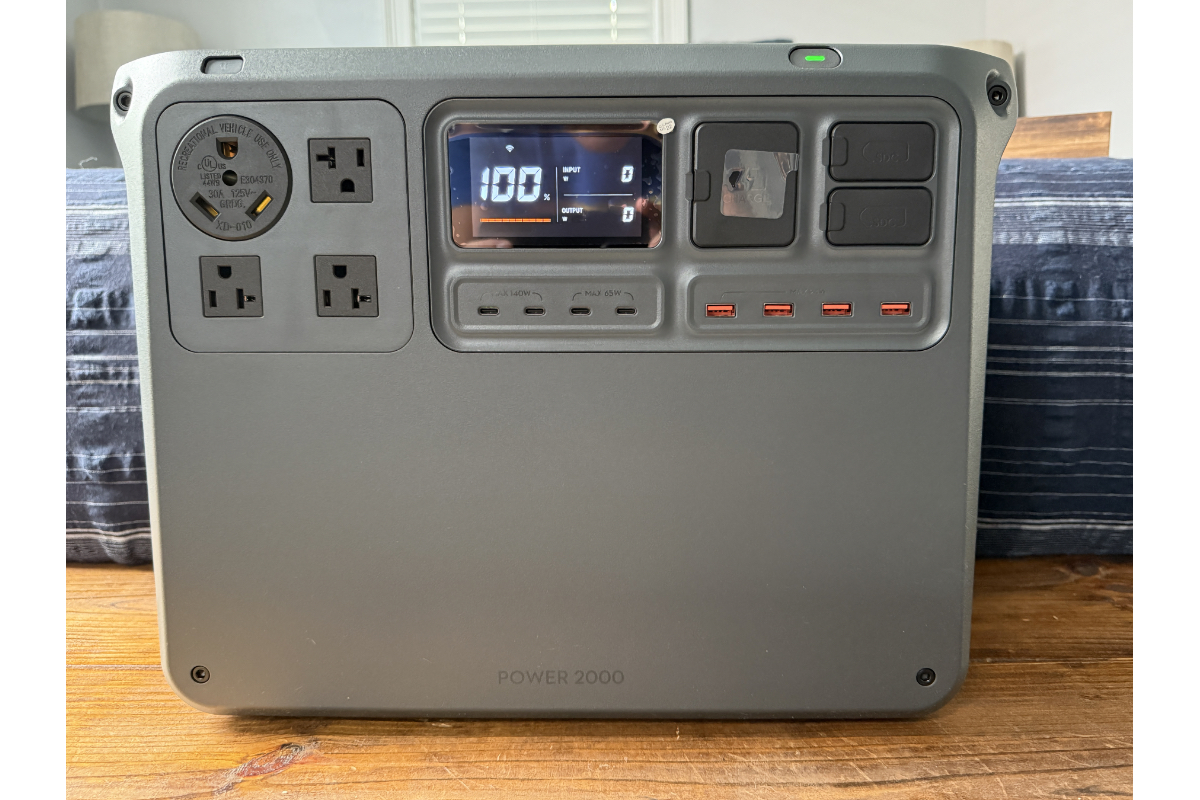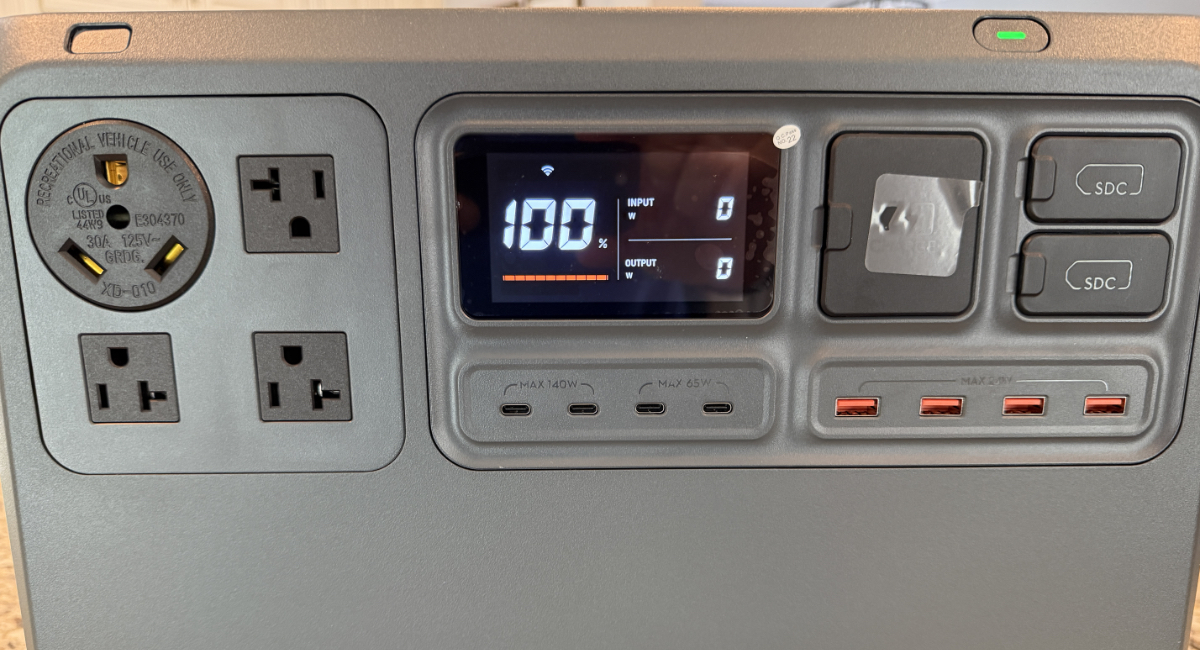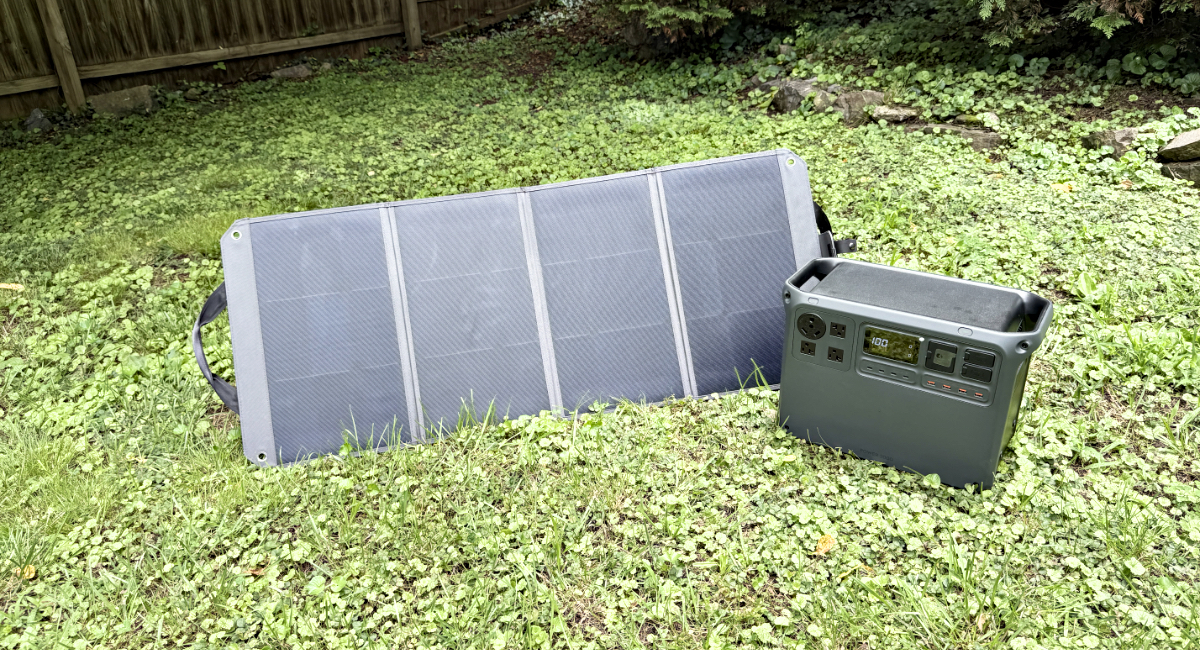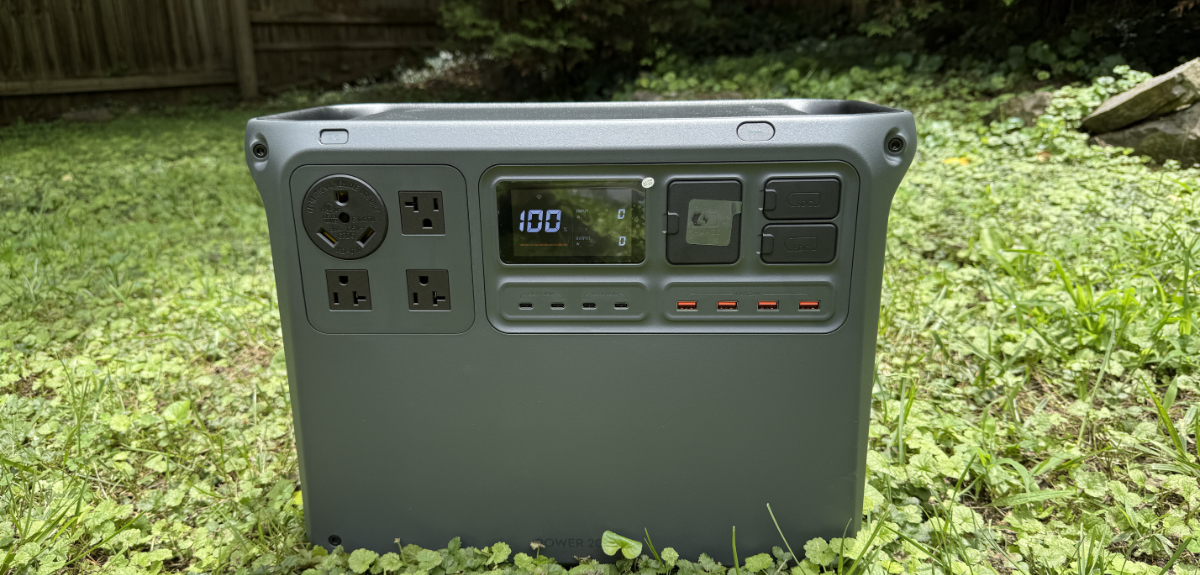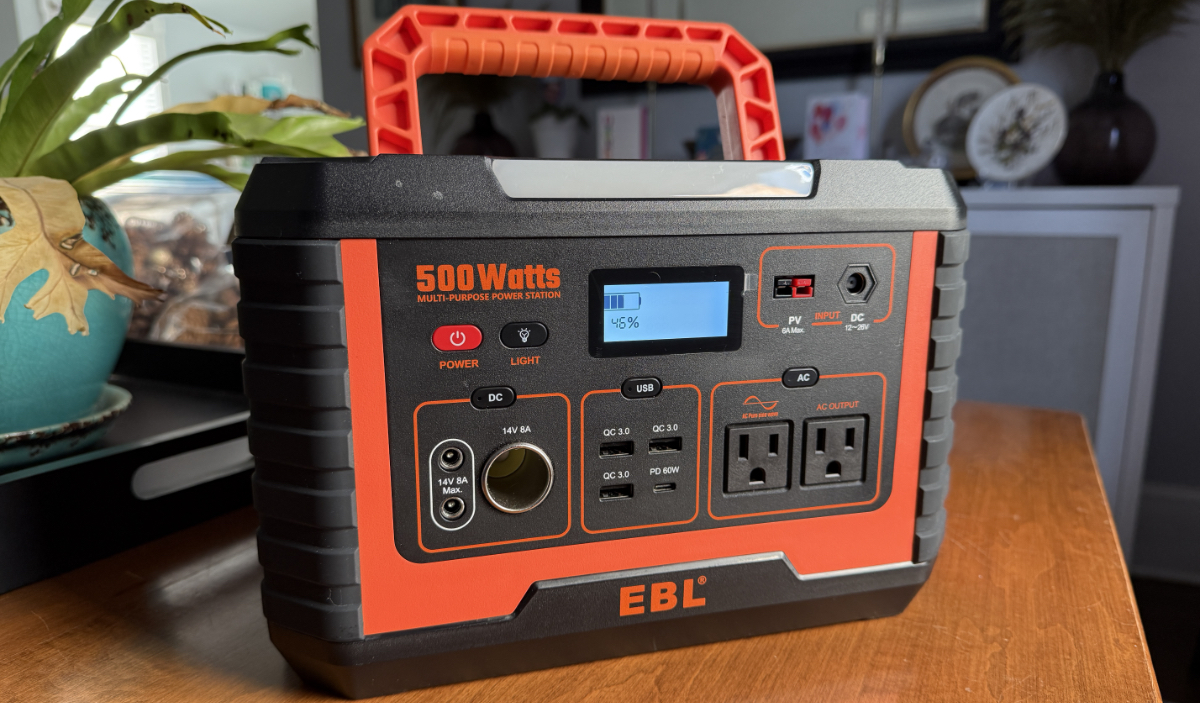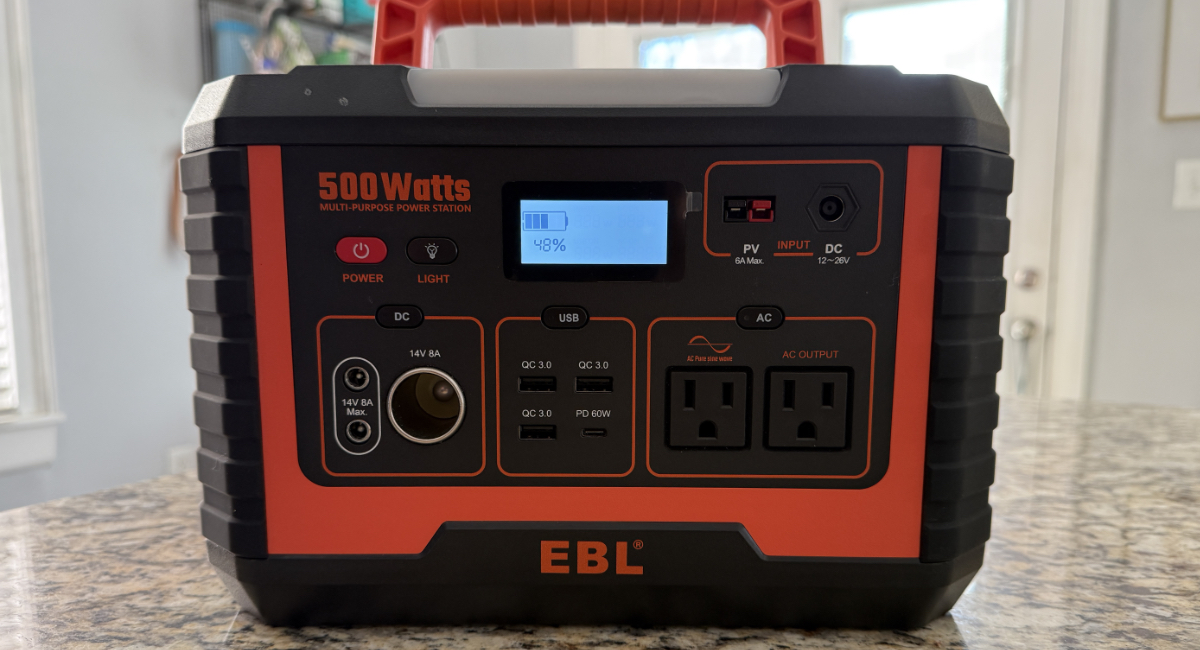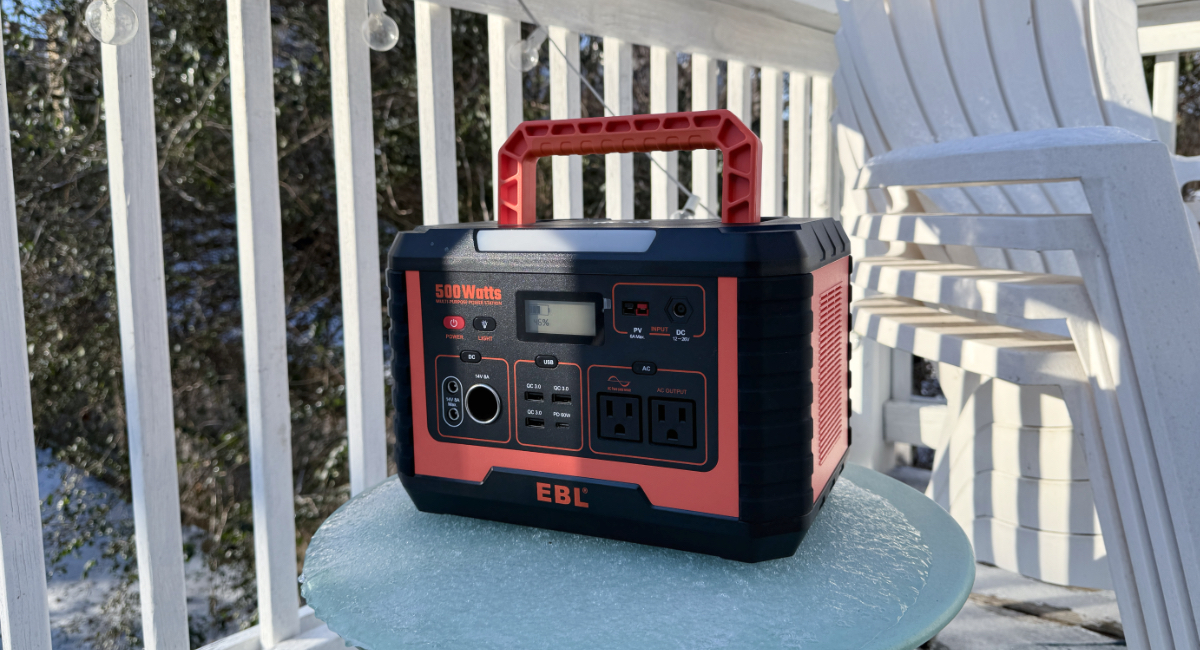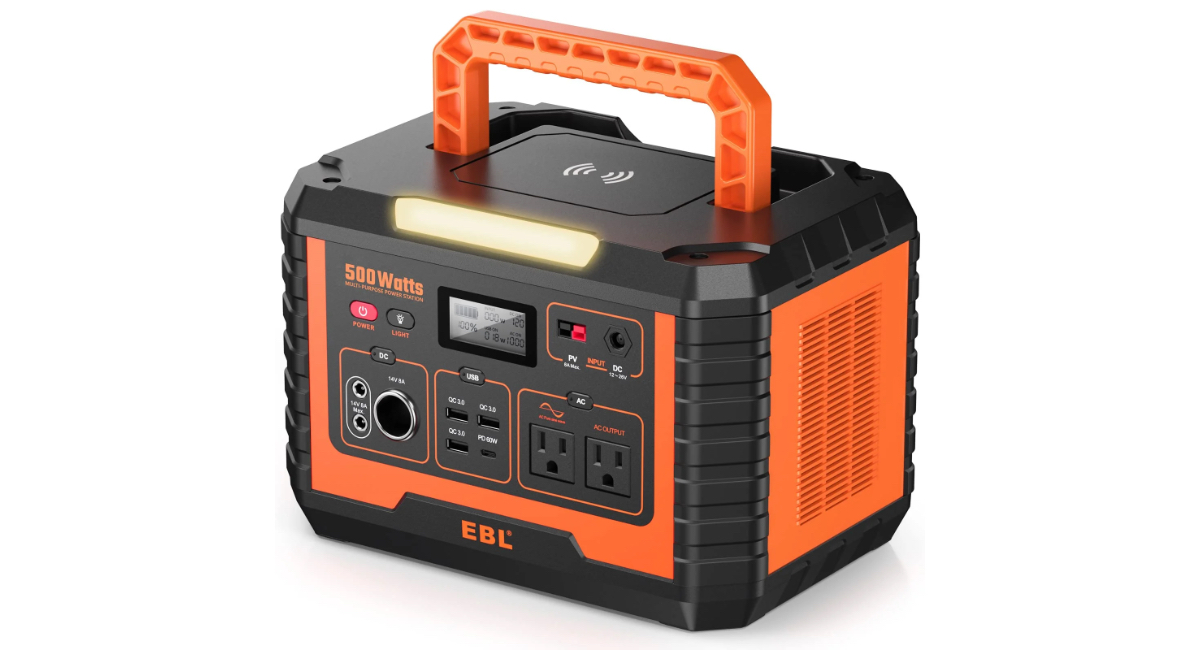EcoFlow has been at the forefront of portable power station and solar generator technology for some time now, continually producing charging solutions for use at home, work, and at the campsite. But its new Trail Series models are likely to strike a chord with its widest audience yet, deftly balancing size, weight, and price. The EcoFlow Trail Series 300 is especially compelling for outdoor enthusiasts, delivering everything they need and nothing they don’t.
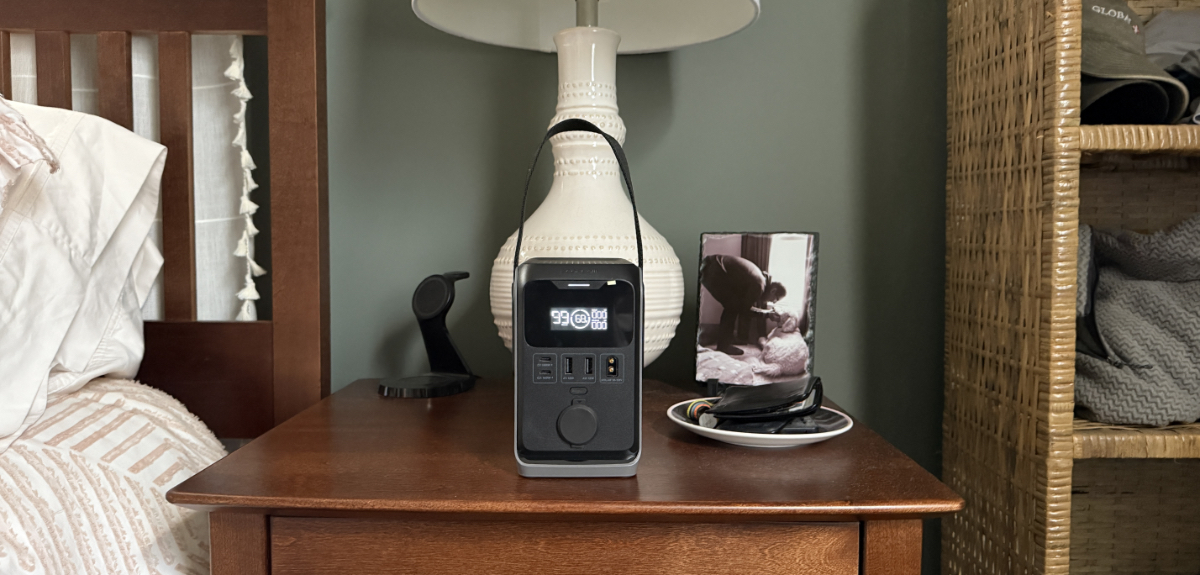
Photo Credit: Kraig Becker
Streamlined Charging on the Go
Designed to bridge the gap between a small power bank and a larger and heavier power station, the new EcoFlow Trail Series models are the perfect “tweener” option. These devices strip away some of the features found on larger models, most notably 110V AC outlets, in effort to get as small and light as possible, while still offering more capacity than a power bank. The result is a stripped down charging solution that puts the focus on portability.
Recently, we got our hands on the new Trail 300 DC model, which is slightly larger than its sibling, the Trail 200. The main differences between the two are that the 300 DC has slightly more storage capacity (288Wh vs 192Wh), weighs a little more (5.69 vs 4.03 lbs), and comes with a 12V DC port, which is absent on the Trail 200. Other than that, the two devices are very similar in terms of size and usability, with both offering dual 140W USB-C ports and two 12W USB-A ports.
The Trail 300 offers 300W of power output, making it a great option for keeping small mobile devices, like smartphones, tablets, and laptops, running while on the go. Essentially, anything that can be powered using USB-C works great with the device, although its 12V DC port gives it additional versatility. For reference, that’s the same port found in most vehicles and can be used for powering things like lights, portable air compressors, a portable refrigerator, and other items. But because the Trail Series lacks AC outlets, you won’t be able to operate small appliances like a coffee maker, blender, or CPAP machine.
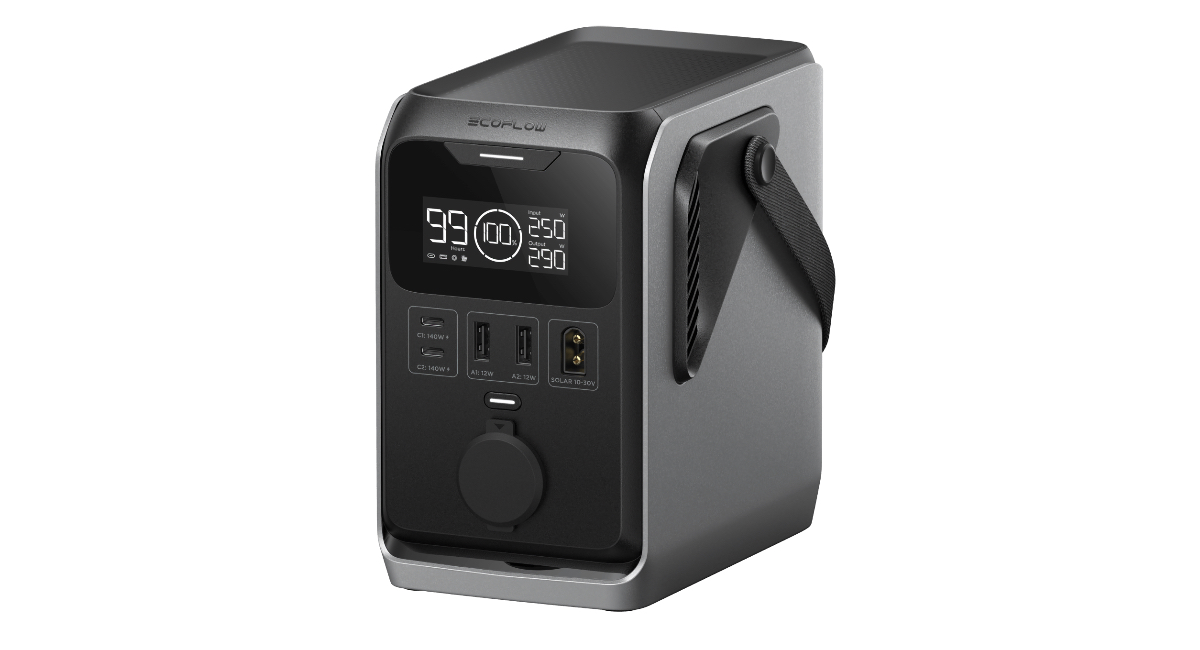
Photo Credit: EcoFlow
Recharging and Runtimes
Unlike most portable power stations, the Trail Series models don’t come with a dedicated AC charging plug for recharging their batteries. Instead, the devices use bi-directional USB-C ports, meaning the internal battery is replenished by plugging the unit into a USB power adapter, which is not included in the box. Thankfully, most of us have several of these at our disposal these days, making it easy to top off the charge when needed. That said, using a USB adapter designed for a smartphone will work, but the charge times will be much longer. If you have a more powerful option (one with more wattage) available, you’ll want to use it, shaving hours off the recharge process. It should also be noted that EcoFlow bundles chargers with the device, often for free or at a very nominal cost.
As you might expect, the EcoFlow Trail Series also supports recharging via solar power. A dedicated solar input makes it easy to attach a solar panel with a capacity of up to 110W. This will fully recharge the power station itself in about three hours, depending on exposure to direct sunlight. And if you happen to have a 12V USB charger in your car, you can also recharge while in transit.
As noted above, the Trail Series 300 has a 288Wh battery, which allows it to recharge a smartphone up to 15 times or a laptop five times. It will also run an LED lamp for up to 70 hours or an electric cooler for 20+ hours. In other words, while the device itself may be small, it still packs plenty of power to keep you going on your outdoor adventures.
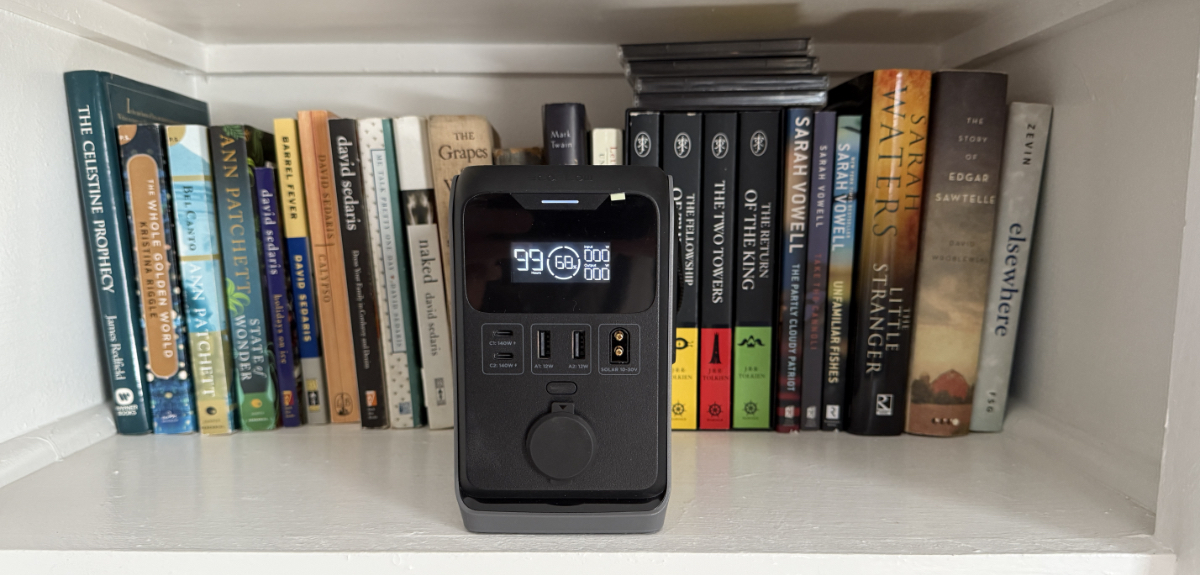
Photo Credit: Kraig Becker
Who is the Trail Series For?
The Trail Series power stations are a bit of a departure from what EcoFlow has done in the past, which may leave some people wondering exactly who they are for. The answer to that is simple: these devices are aimed at an audience who needs portable power, but isn’t running small appliances. These lightweight units are perfect for car and tent campers, hikers, and anyone else who needs to keep their smaller devices running. That includes RVers looking for a simple addition to their rigs, as well as hunters, anglers, and even content creators.
The EcoFlow Trail Series 300 can easily keep smartphones, tablets, and laptops running, but is equally handy for other gadgets, too. Essentially, anything that can plug into a USB port for recharging can be powered up with this unit. That includes things like rechargeable headlamps, digital cameras, camp lanterns, drones, powered coolers, and more. And because it is so small and portable, it is easy to toss it in the car when going tailgating or on a road trip. The size and versatility of the power station is definitely one of its strength.
Priced at $249.99, the EcoFlow Trail Series 300 DC is an affordable option for on-the-go charging. At the time of publication, the unit is on sale for $159, with EcoFlow throwing in a 30W GaN charger for free. Put simply, that’s an incredible deal for a device of this size and capacity. Have a little more money to spend? There are several more bundles available that include solar panels, camping lights, and more. EcoFlow can’t make it any easier for us.
For more information on the Trail Series portable power stations, visit ecoflow.com.
The post EcoFlow Trail Series 300 Review: An On-The-Go Charging Champ appeared first on RV.com.
